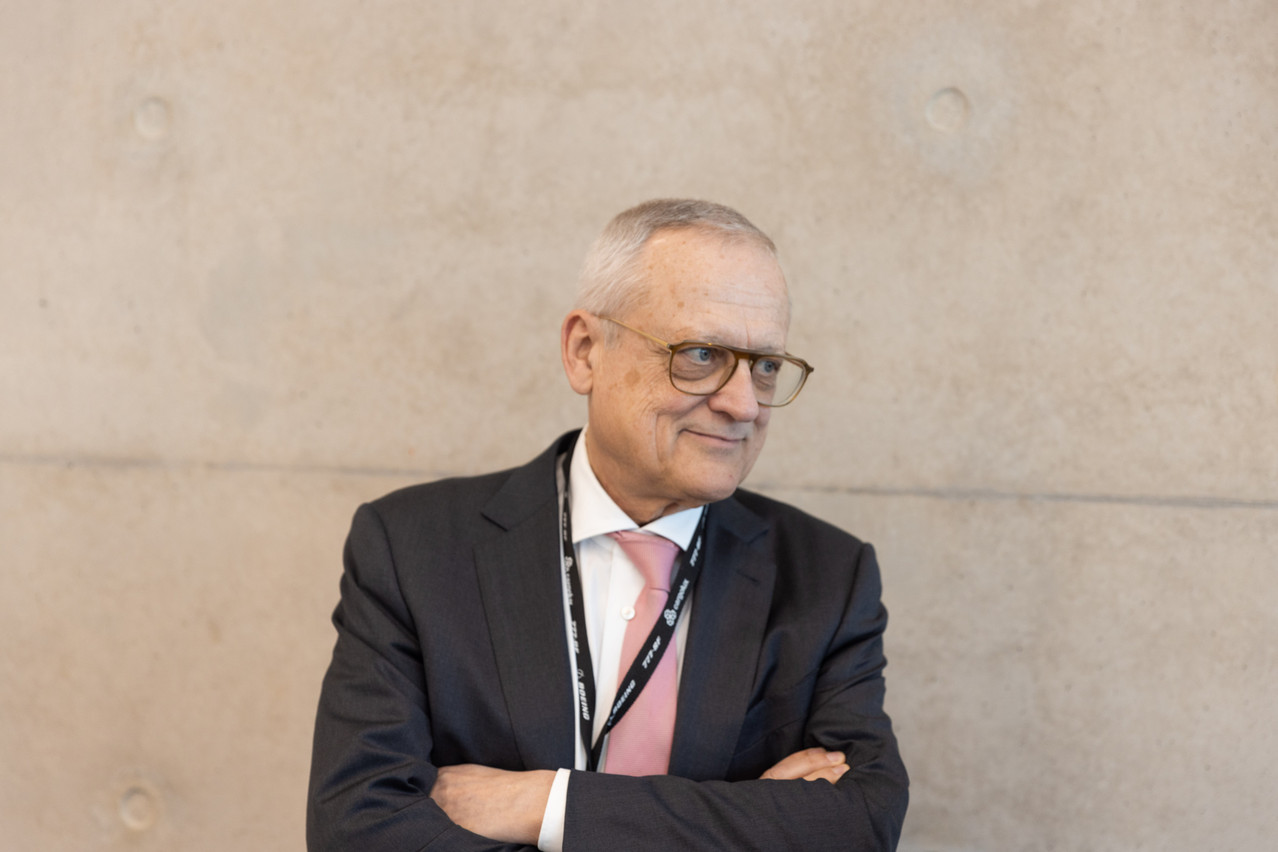It’s been another record year for Cargolux. The Luxembourg cargo carrier recorded a profit of €1.42bn ($1.579bn) in 2022. This is 21.9% higher than in , when it was €1.17bn ($1.295bn). This was already a record compared to 2020, which was driven by demand for equipment related to the health crisis. The profit then rose from €20m in 2019 to €637m in . Before that, its best year was 2018, when profit amounted to €211.2m.
Its turnover, meanwhile, rose from €4.16bn to €4.62bn ($5.1bn). As for the debt ratio, “we have 2.4 times more equity than debt,” explained its the financial director, Maxim Straus. This “unprecedented” situation will enable the company to finance the renewal of its fleet, planned for 2027 to 2032, without needing external funds.
Cargolux has 30 aircraft: 16 Boeing 747-400 freighters (10 B747-400F and 6 B747-400ERF) and 14 Boeing 747-8 freighters. Last October, the company placed an , with an option for six additional aircraft. They should result in a 60% reduction in noise and 30% more efficient fuel consumption.
Towards a return to normal
Despite the good figures, CEO reports a “difficult year” from an operational point of view. The war in Ukraine has prevented the company from crossing Russian airspace, thus increasing its travel time and costs. The price of fuel, in addition, rose by 80.4%. Cargolux has introduced a war surcharge on all flights to and from Asia to mitigate the impact of the extra costs. There were, moreover, the lockdowns in China. The CEO explains the record profit by the first seven months of the year, which were still marked by “a lack of capacity in the market and strong demand.” Then, “the amount earned was lower than we expected.”
Demand for the year as a whole was 8.2% below 2021 and capacity 4.5% higher, but 9% below 2019 levels. After a period of under-capacity since 2020, Cargolux returned to over-capacity in 2022. The company sold €1.136bn tonnes, 8.5% less than in 2021. The CEO thus notes a “return to normal” after the exceptional years.
Tom Weisgerber new chairman of the board
Cargolux employs 2,539 people worldwide, including 1,888 in Luxembourg. This is an increase on the 2,477 employees, of which 1,830 were in Luxembourg, a year earlier.
Its results were presented at the end of the annual general assembly on Wednesday 26 April. This was an opportunity to appoint a new chairman of the board of directors, following the departure of .
As expected, Tom Weisgerber took over the position. Weisgerber on 21 April, but remained as a director. He also acts as the first government advisor within the general coordination of the ministry of mobility and public works and sits on the board of directors of the Société électrique de l’Our (SEO).
Asked about his strategy for the future, Weisgerber said: “I will make efforts as chairman to federate the shareholders, the management, for a strategy that will bear fruit in the interest of the company, the staff. To work on our relations with the Chinese shareholders. To continue our momentum. The profit we made in 2022 will not be in 2023. There is work to be done.”
Another challenge concerns the renewal of the collective agreement. Negotiation difficulties led to the National Conciliation Office (NCB) being called in last February. The unions are calling for pay rises, measures to improve work-life balance and guarantees that the planned fleet conversion will not lead to relocations. Management had already indicated that it did not “want to negotiate through the media,” but stressed that it had awarded large bonuses this year and that there were disagreements over the teleworking policy.
This story was first published in French on . It has been translated and edited for Delano.
